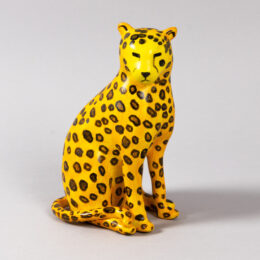

Line art is a style of visual representation that focuses on using lines to create an image or convey a message. It is characterised by its simplicity, clarity, and emphasis on the outline or contour of the subject, often omitting colour and shading. In line art, lines are the primary means of expression and play a vital role in defining form, structure, and texture.
The use of lines in art dates back to prehistoric times when early humans used lines to depict animals and scenes on cave walls. Throughout art history, artists have utilised line art in various forms, from ancient Egyptian hieroglyphics to the intricate engravings of Albrecht Dürer. In the modern era, line art has continued to evolve and gain popularity in different artistic movements and styles.
The beauty of line art lies in its ability to communicate with simplicity and precision. By using lines alone, artists can convey a wide range of emotions, capture movement, and highlight important details. Line art often focuses on the essentials, distilling a subject to its fundamental elements, while allowing viewers to fill in the details with their imagination.
One of the significant advantages of line art is its versatility. It can be found in different mediums, such as pen and ink, pencil, digital drawing software, or even sculptural forms like wire art. Artists may choose to work in a realistic or abstract style, exploring the expressive potential of lines in their own unique ways.
In line art, the types of lines used play a crucial role in creating visual impact. Artists employ a variety of line qualities, including thin, thick, continuous, broken, curved, or straight lines, to add interest, depth, and movement to their work. They may also experiment with hatching, cross-hatching, or stippling techniques to create different textures and tonal effects using only lines.
This type of art is not limited to representing objects or figures. It can also be used in typography, graphic design, and illustrations. In these contexts, lines are employed to create letterforms, patterns, and visual compositions. Many logos, icons, and intricate patterns are based on line art principles, using lines to convey a message or establish a visual identity.
With the advent of digital technology, line art has gained even more popularity. Digital tools provide artists with greater flexibility, allowing them to create and manipulate lines with ease. Artists can explore various brushes, adjust line thickness, and experiment with different effects, enhancing their creative possibilities.